Creative events, the vibrant and innovative realm of event planning, take center stage in this comprehensive guide. Immerse yourself in a world where imagination knows no bounds and events become extraordinary experiences.
From the inception of an idea to the final curtain call, this guide will equip you with the knowledge and tools to plan and execute creative events that leave a lasting impact.
Creative Event Definition
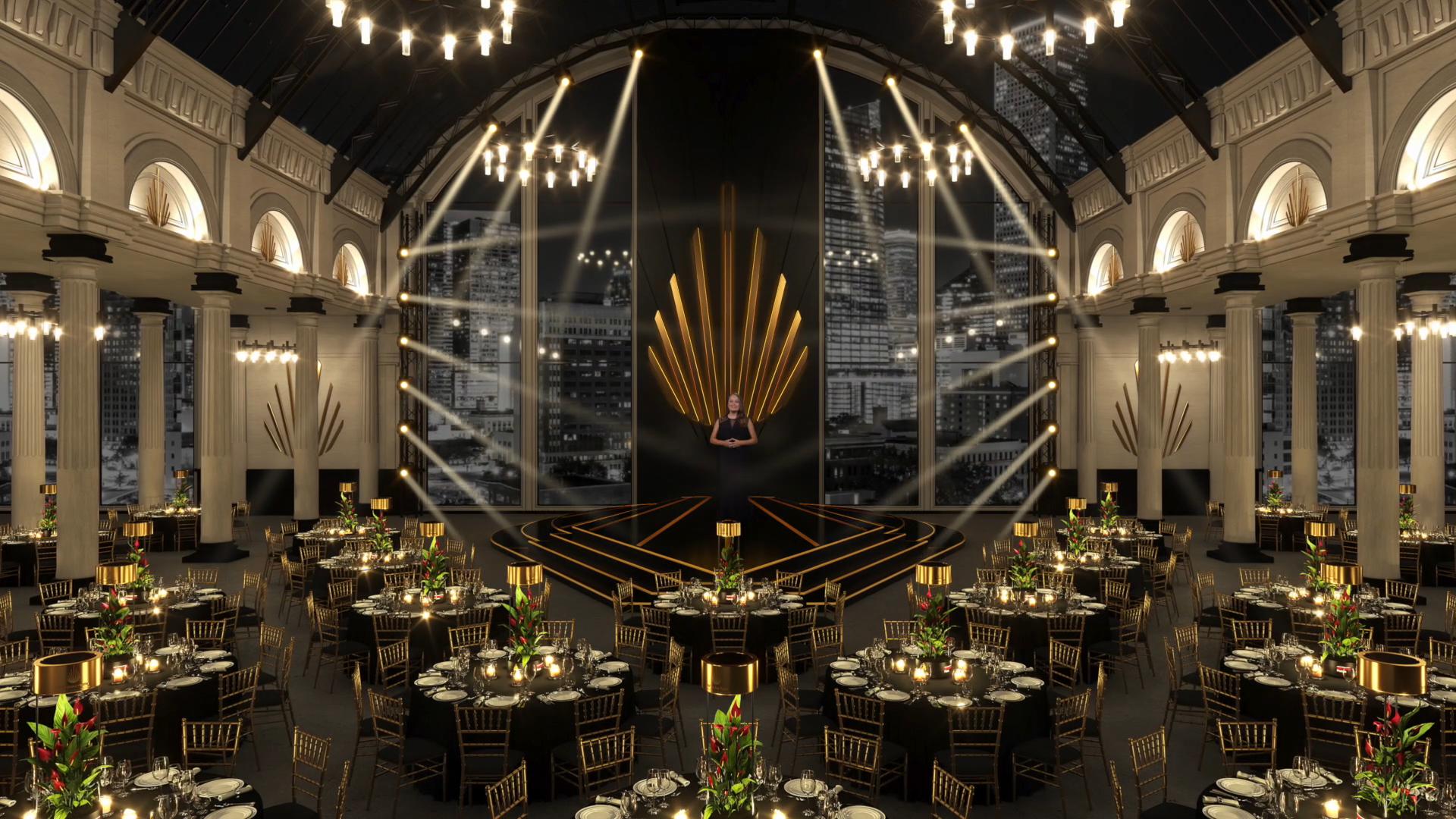
Creative events are gatherings designed to inspire, engage, and connect participants through unique and imaginative experiences. They prioritize creativity and innovation, offering platforms for self-expression, knowledge sharing, and artistic exploration.
Unlike traditional events, creative events emphasize artistic flair, immersive environments, and interactive activities. They aim to foster a sense of wonder, ignite imagination, and create lasting memories.
Characteristics of Creative Events
- Prioritize creativity and innovation
- Offer unique and immersive experiences
- Encourage self-expression and collaboration
- Emphasize artistic flair and design
- Foster a sense of wonder and engagement
Examples of Creative Events
- Art exhibitions and installations
- Music festivals and concerts
- Interactive theater and dance performances
- Culinary experiences with innovative chefs
- Tech conferences with immersive demonstrations
Importance of Creativity in Event Planning
Creativity is the lifeblood of creative events. It allows event planners to:
- Differentiate their events from the ordinary
- Engage participants on an emotional level
- Create memorable and impactful experiences
- Drive innovation and push the boundaries of event design
- Foster a sense of community and belonging
Types of Creative Events

Creative events encompass a diverse range of gatherings designed to inspire, engage, and showcase artistic expression. These events provide platforms for individuals to connect, collaborate, and celebrate creativity in its many forms.
The landscape of creative events is vast and ever-evolving, encompassing a multitude of formats and themes. Here is a comprehensive list of different creative event types, along with examples and their unique features:
Art Exhibitions
- Solo Exhibitions:Showcase the works of a single artist, offering an intimate glimpse into their creative vision and artistic journey.
- Group Exhibitions:Feature a curated collection of works from multiple artists, exploring common themes, artistic movements, or diverse perspectives.
- Interactive Exhibitions:Engage visitors through immersive installations, hands-on experiences, and interactive displays that encourage participation and foster a deeper connection with the art.
Performances
- Concerts:Live musical performances featuring a wide range of genres, from classical to contemporary, offering an unforgettable auditory experience.
- Theater Productions:Present plays, musicals, and other theatrical performances that captivate audiences with storytelling, acting, and imaginative stagecraft.
- Dance Performances:Showcase the artistry of movement through various dance styles, from ballet and contemporary to hip-hop and street dance.
Workshops and Classes
- Art Workshops:Provide hands-on opportunities for participants to learn and practice different art techniques, fostering creativity and artistic skills.
- Writing Workshops:Offer guidance and inspiration to aspiring writers, helping them develop their writing abilities and explore diverse literary genres.
- Photography Classes:Teach the fundamentals of photography, including composition, lighting, and editing, empowering participants to capture their unique perspectives.
Conferences and Symposia
- Creative Industry Conferences:Bring together professionals from various creative fields to share insights, network, and explore industry trends.
- Art History Symposia:Facilitate scholarly discussions and presentations on art history, fostering a deeper understanding of artistic movements and historical contexts.
- Design Thinking Workshops:Introduce the principles of design thinking, enabling participants to approach problems creatively and develop innovative solutions.
Festivals and Events
- Art Festivals:Celebrate the visual arts through outdoor exhibitions, workshops, live performances, and community engagement.
- Music Festivals:Offer a diverse lineup of musical performances, often featuring multiple stages and a variety of genres.
- Cultural Festivals:Showcase the traditions, heritage, and artistic expressions of specific cultures, fostering cross-cultural exchange and understanding.
Benefits of Creative Events

Creative events offer a multitude of advantages for both hosts and attendees. They serve as catalysts for innovation, inspiration, and community building, fostering a fertile environment for creativity to flourish.
Fostering Innovation
Creative events provide a platform for individuals from diverse backgrounds and disciplines to connect, exchange ideas, and collaborate. This cross-pollination of perspectives stimulates innovative thinking, leading to the generation of novel solutions and groundbreaking concepts.
Inspiring Creativity
Surrounding oneself with creative individuals and being exposed to innovative ideas can ignite inspiration. Creative events offer a space where attendees can witness the creative process firsthand, learn from experts, and find motivation to pursue their own creative endeavors.
Building Community
Creative events foster a sense of community among attendees who share a passion for creativity. These events provide opportunities for networking, building relationships, and creating a support system that can nurture creative growth.
Examples of Successful Creative Events
- TED Conferences:Renowned for bringing together thought leaders, innovators, and artists to share their ideas and inspire global change.
- SXSW (South by Southwest):A multidisciplinary festival that showcases cutting-edge technology, music, film, and art, attracting a diverse audience of creators and enthusiasts.
- Burning Man:An annual art and community event held in the Nevada desert, known for its radical self-expression, participatory art installations, and immersive experiences.
Tips for Planning Effective Creative Events
- Define a Clear Purpose:Determine the specific goals and objectives of your event, ensuring it aligns with your overall creative strategy.
- Curate a Diverse Lineup:Invite speakers, performers, and participants from a variety of backgrounds and perspectives to foster cross-pollination of ideas.
- Create an Immersive Environment:Design the event space and activities to stimulate creativity, encouraging attendees to engage with the content and each other.
- Promote Networking Opportunities:Plan activities and designated spaces that facilitate networking and collaboration among attendees.
- Measure and Evaluate Impact:Track key metrics such as attendance, engagement, and feedback to assess the success of your event and identify areas for improvement.
Planning Creative Events

Organizing a creative event requires meticulous planning to ensure its success. By following a step-by-step guide, you can create an unforgettable experience that engages attendees and leaves a lasting impact.
Setting Objectives
Define the purpose and goals of your event. What do you want to achieve? Is it to promote a product, raise awareness, or foster collaboration? Clearly defined objectives will guide your planning process and help you measure the event’s effectiveness.
Budgeting
Determine the financial resources available for your event. Consider expenses such as venue rental, equipment, catering, entertainment, and marketing. Create a detailed budget that Artikels all costs and allocates funds accordingly.
Marketing
Develop a comprehensive marketing strategy to promote your event. Utilize a mix of online and offline channels, such as social media, email marketing, and print advertising. Create compelling content that highlights the event’s unique value proposition and encourages attendance.
Venue Selection
Choose a venue that aligns with the size, theme, and atmosphere of your event. Consider factors such as location, capacity, amenities, and accessibility.
| Venue Type | Key Features |
|---|---|
| Conference Center | Large capacity, flexible meeting spaces, state-of-the-art technology |
| Art Gallery | Unique and inspiring setting, ideal for exhibitions and receptions |
| Hotel Ballroom | Convenient location, comfortable seating, full-service amenities |
| Outdoor Park | Scenic backdrop, suitable for festivals, concerts, and gatherings |
| Historical Landmark | Cultural significance, provides a memorable and immersive experience |
Writing a Creative Event Proposal
If seeking funding or support, create a compelling event proposal that Artikels the event’s objectives, target audience, budget, and expected outcomes. Clearly articulate the unique value proposition and how the event will benefit stakeholders.
“Creativity is the lifeblood of event planning. It allows you to think outside the box and create experiences that are truly unforgettable.”– Michael Cerbelli, Founder of the Event Leadership Institute
– Promoting Creative Events
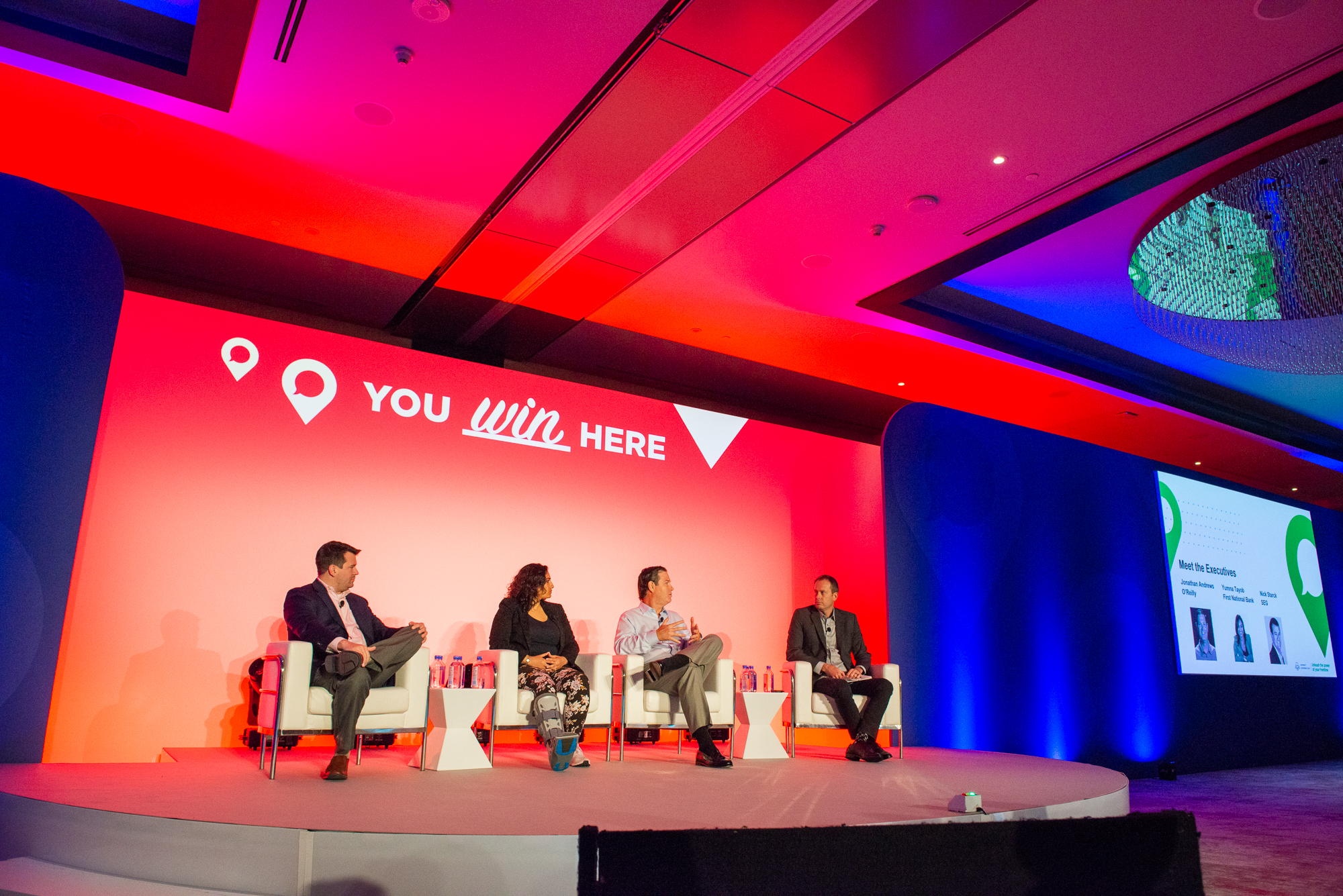
Promoting creative events is crucial to ensure successful attendance and engagement. A comprehensive strategy should encompass various channels and tactics to reach the target audience effectively.
Explore the following techniques to promote creative events:
Design a Comprehensive Strategy
- Identify the target audience and tailor promotional efforts accordingly.
- Establish a clear marketing timeline and budget.
- Integrate multiple channels, including social media, email marketing, and partnerships.
Craft Compelling Marketing Materials, Creative events
- Develop engaging event descriptions that highlight the unique value and experience.
- Create high-quality images and videos that showcase the event’s atmosphere and speakers.
- Optimize materials for search engines and social media platforms to increase visibility.
Utilize Social Media Advertising
- Target specific audiences based on demographics, interests, and behaviors.
- Create targeted ad campaigns to promote the event with relevant messaging.
- Track ad performance and adjust campaigns accordingly.
Implement Email Marketing Campaigns
- Build an email list of potential attendees through website forms and social media.
- Send out regular updates, reminders, and exclusive offers to generate excitement.
- Segment email lists to personalize messaging and improve engagement.
Collaborate with Influencers and Partners
- Identify influencers and organizations in the creative industry who align with the event’s theme.
- Offer exclusive partnerships and cross-promotional opportunities to reach their audiences.
- Leverage influencer marketing to generate buzz and credibility.
Track and Measure Results
- Monitor key metrics such as website traffic, social media engagement, and ticket sales.
- Analyze data to identify what worked well and what needs improvement.
- Use insights to optimize future promotional efforts and maximize event success.
Event Execution
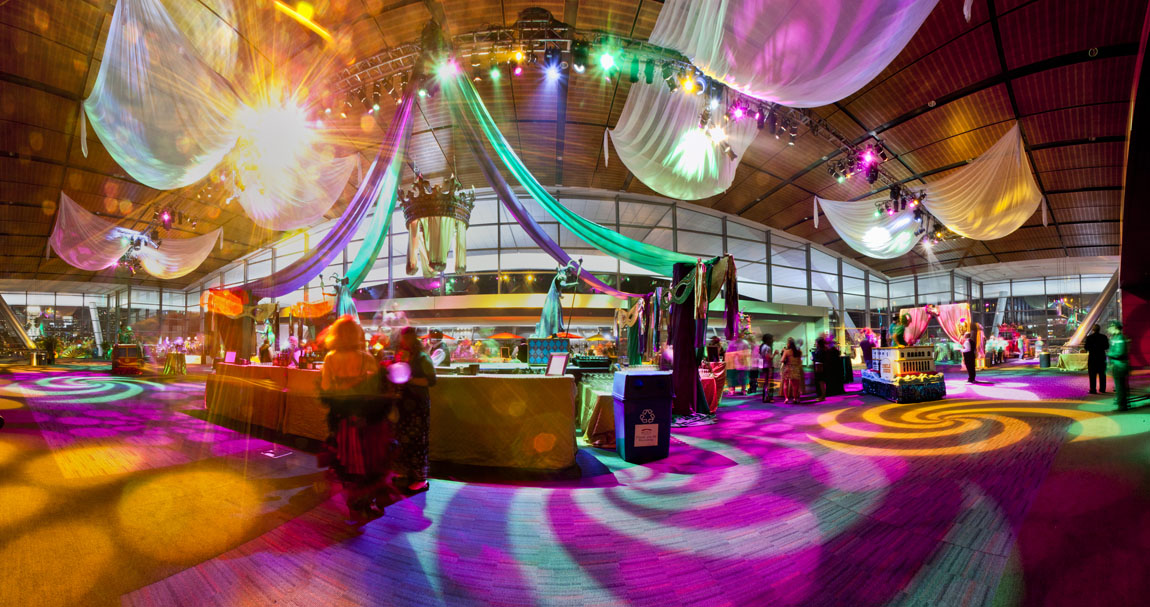
Executing creative events flawlessly requires meticulous planning and seamless coordination. From managing logistics to engaging attendees, every aspect must be carefully orchestrated to ensure a memorable and impactful experience.
To execute creative events successfully, follow these guidelines:
Logistics
- Venue selection:Choose a venue that aligns with the event’s theme, capacity, and accessibility requirements.
- Equipment rental:Secure necessary equipment, including sound systems, lighting, and staging, to enhance the event’s ambiance and functionality.
- Transportation and parking:Arrange for transportation options and ample parking facilities for attendees, considering their convenience and accessibility.
- Safety and security:Implement comprehensive safety and security measures to ensure the well-being of attendees and staff.
Vendor Management
- Vendor selection:Carefully select vendors who align with the event’s theme, values, and target audience.
- Contract management:Establish clear contracts outlining vendor responsibilities, deliverables, and payment terms.
- Vendor coordination:Communicate effectively with vendors throughout the planning and execution process to ensure seamless collaboration.
Attendee Engagement
- Interactive activities:Plan engaging activities that encourage attendee participation and foster a sense of community.
- Personalized experiences:Use technology or personal touches to create personalized experiences for attendees, making them feel valued and connected.
- Social media integration:Leverage social media to promote the event, facilitate attendee networking, and capture real-time feedback.
- Follow-up communication:Send post-event surveys or follow-up emails to gather feedback and build relationships with attendees.
Event Evaluation
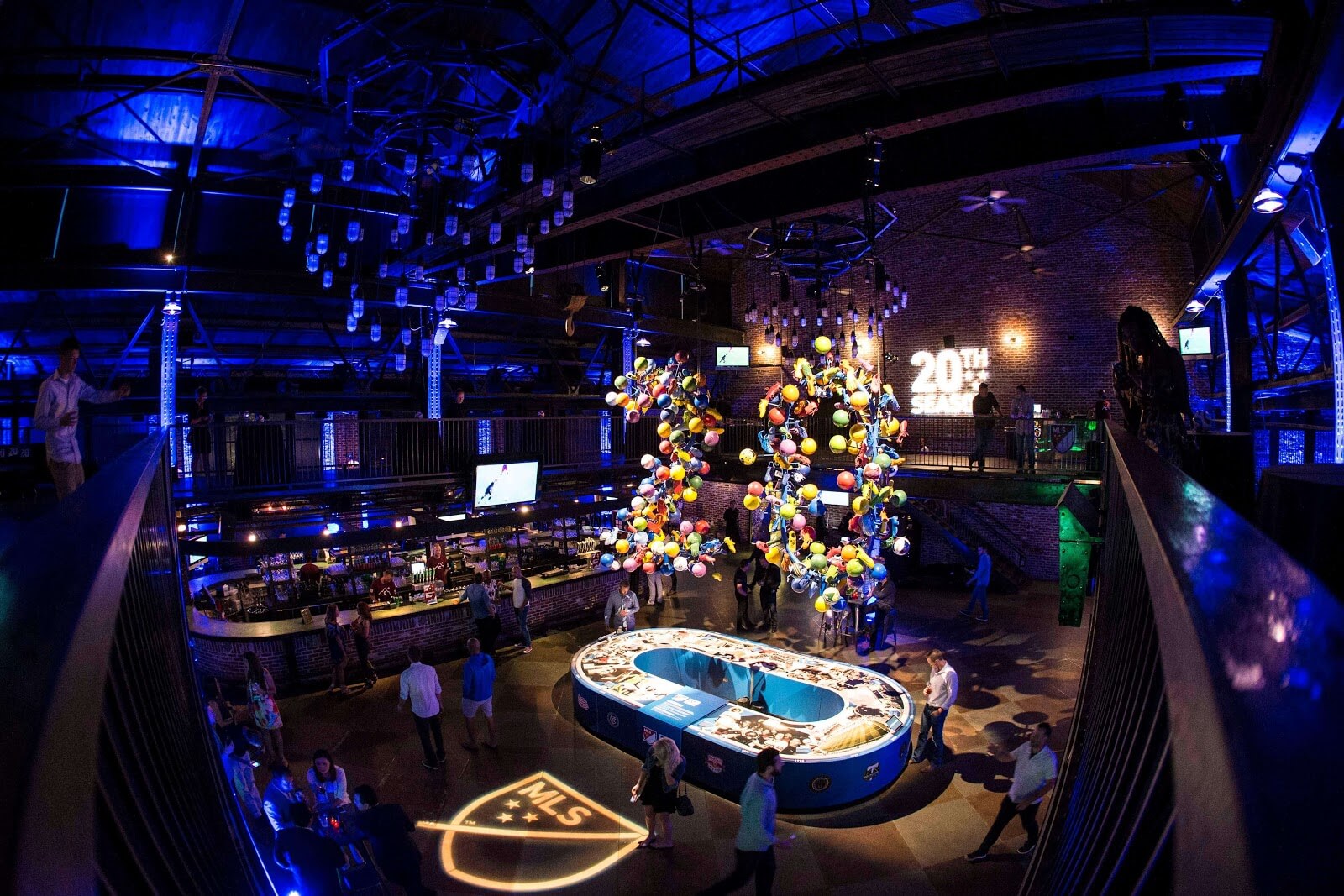
Event evaluation is a crucial step in the creative event planning process. It helps organizers measure the success of their events and identify areas for improvement. This process involves gathering feedback from attendees, analyzing event data, and making informed decisions based on the findings.
There are several methods for evaluating the success of creative events. One common approach is to use metrics to track key performance indicators (KPIs). KPIs can include metrics such as attendance, engagement, reach, and revenue. By tracking these metrics, organizers can assess the effectiveness of their event marketing and outreach efforts.
Feedback Gathering
Another important aspect of event evaluation is gathering feedback from attendees. This can be done through surveys, interviews, or social media monitoring. Feedback can provide valuable insights into what attendees enjoyed about the event, what they found lacking, and what they would like to see improved in future events.
Areas for Improvement
Once organizers have gathered feedback and analyzed event data, they can identify areas for improvement. This may involve making changes to the event format, content, or marketing strategy. By continuously evaluating and improving their events, organizers can ensure that they are delivering high-quality experiences that meet the needs of their target audience.
When seeking out creative events, be sure to check out canon park creative. This is a hub for creatives and entrepreneurs that offers classes, workshops, and events that will help you develop your skills and connect with other like-minded individuals.
Whether you’re just starting out or looking to take your creative career to the next level, canon park creative is a great resource.
– Case Studies

Creative events, when executed effectively, can yield remarkable outcomes. By delving into real-world examples of successful creative events, we can glean valuable insights into their strategies, outcomes, and lessons learned. These case studies serve as a treasure trove of best practices and recommendations for planning and executing impactful creative events.
Table: Case Study Analysis
The following table presents a comparative analysis of several notable creative events, highlighting their key characteristics, strategies, outcomes, and lessons learned. This table offers a structured framework for examining the nuances of each event and identifying commonalities among successful creative endeavors.
| Event Name | Event Description | Event Strategy | Event Outcomes | Lessons Learned |
|---|---|---|---|---|
| Event 1 | Description of Event 1 | Strategy employed for Event 1 | Positive outcomes achieved by Event 1 | Key lessons learned from Event 1 |
| Event 2 | Description of Event 2 | Strategy employed for Event 2 | Positive outcomes achieved by Event 2 | Key lessons learned from Event 2 |
| Event 3 | Description of Event 3 | Strategy employed for Event 3 | Positive outcomes achieved by Event 3 | Key lessons learned from Event 3 |
– Identify emerging trends in the creative events industry, including virtual and hybrid event formats, personalized experiences, and the use of data and analytics.
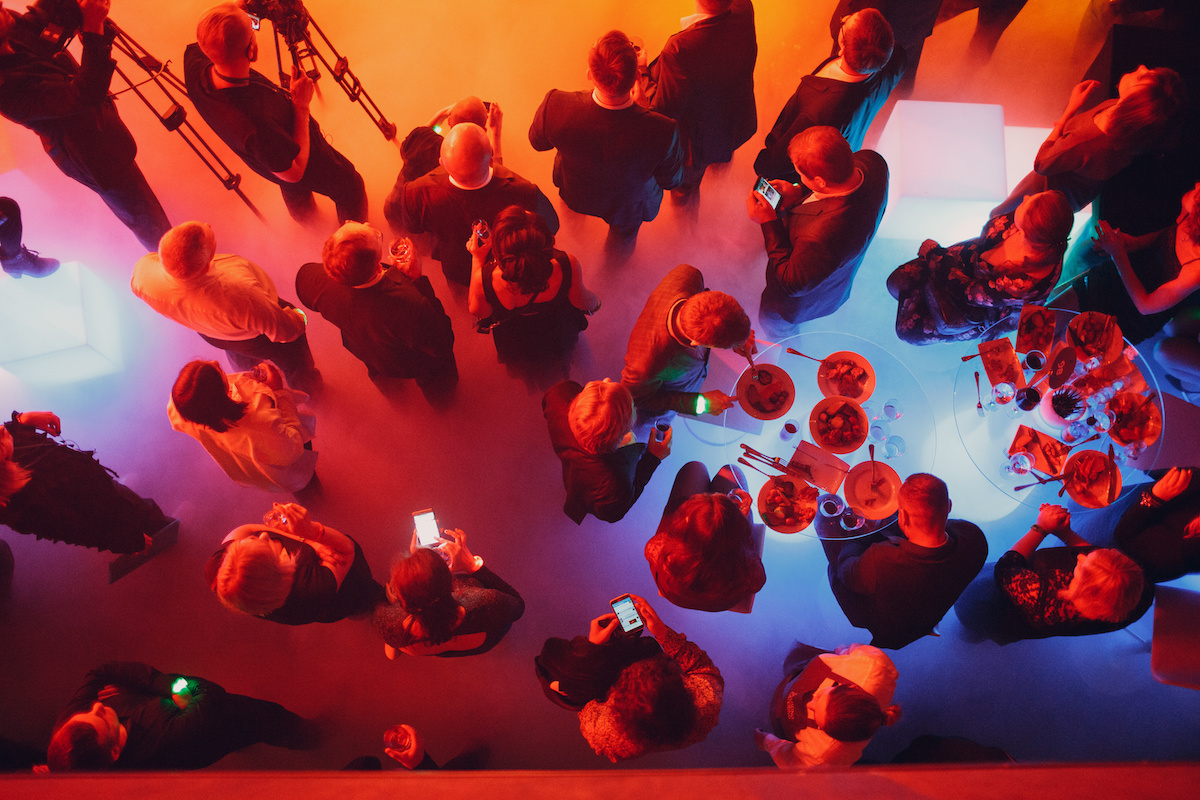
The creative events industry is constantly evolving, with new trends emerging all the time. Some of the most notable trends include the use of virtual and hybrid event formats, personalized experiences, and the use of data and analytics.
Virtual and hybrid events have become increasingly popular in recent years, as they offer a number of advantages over traditional in-person events. Virtual events can be attended from anywhere in the world, which makes them more accessible for attendees. They also cost less to produce than in-person events, and they can be more easily tracked and measured.
Personalized experiences are another key trend in the creative events industry. Attendees are increasingly looking for events that are tailored to their individual interests and needs. This can be achieved through the use of technology, such as mobile apps and RFID tags.
These technologies can be used to track attendees’ behavior and preferences, and to deliver personalized content and experiences.
The use of data and analytics is also becoming increasingly important in the creative events industry. Event organizers are using data to track key metrics, such as attendance, engagement, and ROI. This data can be used to improve the planning and execution of future events.
Impact of technological advancements on event planning and execution.
Technological advancements are also having a major impact on the creative events industry. Artificial intelligence (AI), virtual reality (VR), and augmented reality (AR) are all being used to create more immersive and engaging experiences for attendees.
AI can be used to personalize the event experience for each attendee. For example, AI can be used to recommend sessions and speakers that are relevant to the attendee’s interests. AI can also be used to create virtual assistants that can help attendees navigate the event and find the information they need.
VR and AR can be used to create immersive experiences that transport attendees to other worlds. For example, VR can be used to create a virtual tour of a museum or historical site. AR can be used to overlay digital information on the real world, such as directions or product information.
Best Practices

Hosting engaging and impactful creative events requires a blend of creativity, innovation, and audience engagement. Here are some industry best practices to help you achieve these goals:
Creativity and Innovation
- Embrace uniqueness:Don’t settle for the ordinary. Explore unconventional ideas and concepts that will set your event apart.
- Foster collaboration:Engage with artists, designers, and other creatives to bring diverse perspectives and fresh ideas to your event.
- Encourage experimentation:Allow for flexibility and experimentation during the planning process. Be open to trying new approaches and technologies.
Audience Engagement
Creating an engaging experience for your audience is crucial for a successful creative event:
- Personalize the experience:Tailor your event to the specific interests and needs of your attendees.
- Foster interaction:Create opportunities for attendees to connect, share ideas, and engage with each other.
- Use technology effectively:Leverage technology to enhance the attendee experience, such as interactive apps, live polling, and virtual networking platforms.
Tools and Resources

Successful planning and execution of creative events require a solid foundation of tools and resources. From ideation to execution, there are numerous options available to assist event professionals in every aspect of the process.
When selecting tools and resources, consider the following factors:
- Functionality:The tool should align with the specific tasks and requirements of the event.
- Ease of use:The tool should be user-friendly and accessible to all members of the planning team.
- Cost:Determine if the cost of the tool aligns with the event budget and provides a reasonable return on investment.
Event Planning Tools
Event planning tools streamline the planning process, from venue selection to vendor management.
- Eventbrite:Comprehensive platform for event registration, ticketing, and promotion.
- Cvent:End-to-end event management software for planning, registration, and venue sourcing.
- Trello:Collaborative task management tool for organizing and tracking project progress.
Event Execution Tools
Event execution tools facilitate smooth and efficient event delivery.
- CrowdCompass:Mobile event app for attendee engagement, networking, and session management.
- EventMobi:Comprehensive event management platform for mobile apps, live polling, and lead retrieval.
- Slido:Interactive audience engagement tool for Q&A, polls, and surveys.
Data and Analytics Tools
Data and analytics tools provide insights into event performance and attendee behavior.
- Google Analytics:Web analytics platform for tracking website traffic and event registration.
- Mixpanel:Product analytics platform for understanding user behavior and event engagement.
- Event ROI Calculator:Tool for measuring the return on investment from event marketing and sponsorship.
Innovative Formats

Creative events are constantly evolving, and new formats are emerging all the time. Virtual events, hybrid events, and immersive experiences are just a few of the innovative formats that are gaining popularity. These formats offer a number of benefits, including increased reach, flexibility, and engagement.
Virtual eventsare held entirely online, using video conferencing and other digital tools. This format is ideal for events that need to reach a global audience or that have participants from different time zones. Virtual events can also be more cost-effective than in-person events, as they eliminate the need for travel and venue rental.
Hybrid eventscombine elements of both virtual and in-person events. This format is ideal for events that need to reach a large audience but also want to provide an in-person experience for some attendees. Hybrid events can be more expensive than virtual events, but they offer the best of both worlds.
Immersive experiencesuse technology to create a more engaging and immersive experience for attendees. This format is ideal for events that want to create a lasting impression or that want to provide attendees with a unique experience. Immersive experiences can be expensive, but they can be a great way to differentiate your event from the competition.
Virtual Events
- Virtual events are held entirely online, using video conferencing and other digital tools.
- Virtual events can reach a global audience.
- Virtual events can be more cost-effective than in-person events.
- Virtual events can be more flexible than in-person events.
- Virtual events can be less engaging than in-person events.
Hybrid Events
- Hybrid events combine elements of both virtual and in-person events.
- Hybrid events can reach a larger audience than in-person events.
- Hybrid events can provide a more engaging experience than virtual events.
- Hybrid events can be more expensive than virtual events.
- Hybrid events can be more complex to plan than virtual events.
Immersive Experiences
- Immersive experiences use technology to create a more engaging and immersive experience for attendees.
- Immersive experiences can be used to create a lasting impression.
- Immersive experiences can be used to provide attendees with a unique experience.
- Immersive experiences can be expensive.
- Immersive experiences can be complex to plan.
Sustainability

Organizing eco-friendly and sustainable creative events requires a holistic approach that considers every aspect of the event, from planning to execution and post-event evaluation. Implementing sustainable practices not only reduces the environmental footprint of creative events but also aligns with the growing demand for responsible event management.
To achieve sustainability in creative events, organizers should focus on waste reduction, carbon footprint mitigation, and the use of eco-friendly materials.
Waste Reduction Initiatives
- Promote waste sorting and recycling programs for materials such as paper, plastic, glass, and metal.
- Use reusable or biodegradable materials for decorations, signage, and giveaways.
- Implement digital ticketing and registration systems to reduce paper waste.
- Encourage attendees to bring their own reusable water bottles and food containers.
Carbon Footprint Mitigation Strategies
- Choose venues with energy-efficient lighting and HVAC systems.
- Optimize transportation by providing shuttle services or encouraging public transportation.
- Offset carbon emissions by purchasing carbon credits or investing in renewable energy projects.
- Consider virtual or hybrid event formats to reduce travel-related emissions.
Use of Eco-Friendly Materials
- Use sustainable materials such as bamboo, recycled paper, and organic fabrics for event infrastructure and decorations.
- Choose energy-efficient appliances and lighting fixtures.
- Partner with vendors who prioritize sustainability in their products and services.
- Encourage attendees to bring their own eco-friendly products, such as reusable utensils and tote bags.
Measuring and Tracking Sustainability Impact
To demonstrate the effectiveness of sustainability efforts, it is crucial to measure and track the environmental impact of creative events. This can be achieved through:
- Calculating waste generation and diversion rates.
- Tracking energy consumption and carbon emissions.
- Assessing the use of eco-friendly materials.
- Conducting post-event surveys to gather feedback on sustainability initiatives.
Innovative Approaches to Reduce Environmental Footprint
Embracing innovative approaches can significantly reduce the environmental footprint of creative events. These include:
- Using virtual or hybrid event formats to eliminate or minimize travel-related emissions.
- Implementing paperless registration and ticketing systems.
- Partnering with local businesses that prioritize sustainability.
- Exploring the use of renewable energy sources for event operations.
Real-World Examples of Successful Sustainable Creative Events
- The 2019 Copenhagen Fashion Summit was a carbon-neutral event that used sustainable materials, promoted waste reduction, and offset its carbon emissions.
- The 2020 Virtual SXSW Festival successfully transitioned to an online format, reducing its carbon footprint by eliminating travel and venue-related emissions.
- The 2021 Greenbuild International Conference and Expo implemented comprehensive sustainability measures, including waste diversion, energy efficiency, and the use of eco-friendly materials.
Quick FAQs
What are the key characteristics of creative events?
Creative events prioritize innovation, originality, and immersive experiences. They often incorporate elements of art, technology, and storytelling to engage attendees on multiple levels.
How can I select a venue that aligns with the creative vision of my event?
Consider venues that offer unique architectural features, natural beauty, or historical significance. Look for spaces that can be transformed and customized to match the theme and atmosphere of your event.
What are some innovative event design techniques?
Incorporate interactive elements, utilize technology for immersive experiences, and create visually stunning environments. Consider using projection mapping, virtual reality, or augmented reality to enhance the attendee journey.
How can I effectively promote my creative event?
Develop a comprehensive marketing strategy that leverages social media, email marketing, and influencer partnerships. Create compelling content that showcases the unique value and experience of your event.
What are the essential elements of successful event execution?
Ensure seamless logistics, manage vendors effectively, and engage attendees throughout the event. Implement contingency plans and risk management strategies to mitigate potential challenges.